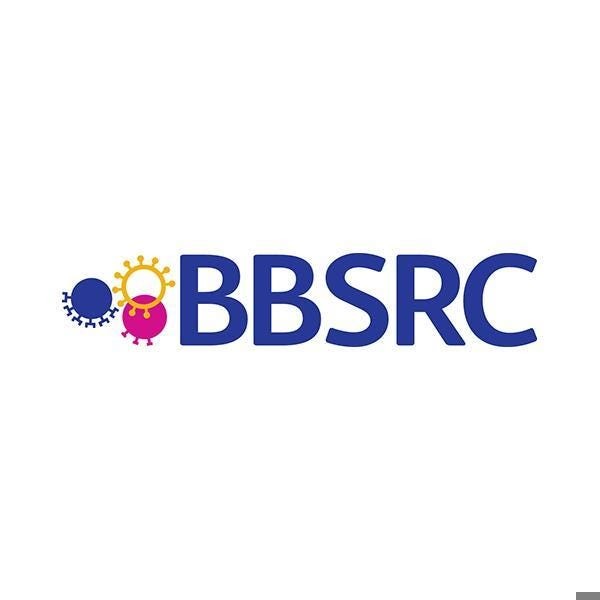Benchtop, turnkey super-resolution microscopy for biology, biophysics and biotechnology

Type: Research Grant
Principal Investigator: Bart Hoogenboom
Investigators: Bart Hoogenboom, Philip Robinson, Graeme King, Stefan Howorka, Alan Lowe, Ricardo Henriques, Anthony Roberts, Kenth Gustafsson, Gary Parkinson, Franck Pichaud
Start-date: July 2020
End-date: June 2021
Much of modern biology aims to understand processes of life, health and disease in terms of the molecular-scale building blocks that make up our body and living organisms in general. A major obstacle to such research is that it is hard to "see" these molecular building blocks, for the simple reason that they are so small. Major breakthroughs in this direction have been the use of X-rays and of electrons to probe living systems, but these methods require the samples under investigation to be fixed and/or frozen and put in a vacuum chamber. To see these molecular building blocks at work, we need to image them in salty water, and - ideally - in or on living cells. In part, this can be achieved by attaching fluorescent labels to the molecules of interest, precisely locating them and/or tracking their behaviour. Thanks to a set of methods collectively named "super-resolution microscopy", there has been major progress (awarded a Nobel Prize in 2014) in the accuracy by which this can be done. Yet such methods are not trivial to use: the operation of such microscopes remains complex and this complexity is a barrier to its wider use in various fields of research.
We aim to purchase a super-resolution microscope that has been developed to address this barrier. It does not require any particularly stable environment nor involves any risk of user exposure to high-power laser (it is in the same risk class as low-power laser pointers), and can operate on a normal bench (or kitchen table, for that matter). Moreover, it includes a way ('microfluidics') to handle small volumes of biological samples in a more convenient matter, further facilitating experiments.
We will make this microscope widely accessible to academic and - where appropriate - also commercial users. To start with, we have identified various research projects that will benefit from this microscope, to address questions including how viruses can infect cells, how our DNA is packed and when needed unpacked in the nucleus, and how to make better reagents to kill bacteria and/or cancer cells.